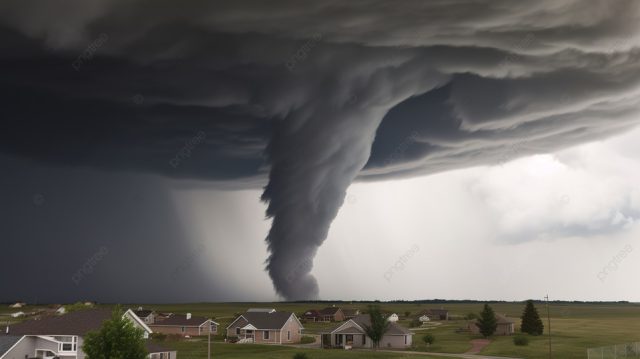Welcome to our blog, where we delve into the fascinating and often destructive phenomenon of hurricanes. Join us as we explore the science behind hurricanes, their formation and characteristics, the impacts they have on communities and the environment, and the measures taken to mitigate their effects and enhance resilience.
Understanding Hurricanes:
1.1 What are Hurricanes?
Defining hurricanes as powerful tropical cyclones characterized by strong winds, heavy rainfall, and a distinct circular motion.
Explaining the terminology and classification systems used to categorize hurricanes based on wind speed, such as the Saffir-Simpson Hurricane Wind Scale.
1.2 Hurricane Formation:
Exploring the key ingredients necessary for hurricane formation, including warm ocean waters, moist air, and atmospheric instability.
Discussing the role of factors such as the Coriolis effect and low wind shear in facilitating the development of hurricanes.
1.3 Anatomy of a Hurricane:
Describing the structure of a hurricane, including the eye, eyewall, and rainbands.
Explaining the dynamics of hurricane circulation and the progression of wind speeds and precipitation within the storm.
Impacts of Hurricanes:
2.1 Wind and Storm Surge:
Discussing the destructive power of hurricane winds, which can cause structural damage, uproot trees, and propel debris.
Explaining the phenomenon of storm surge, where hurricanes push seawater onto coastal areas, leading to flooding and coastal erosion.
2.2 Heavy Rainfall and Flooding:
Addressing the significant rainfall associated with hurricanes, which can result in widespread flooding and flash floods.
Discussing the potential for landslides, infrastructure damage, and disruption of essential services due to excessive rainfall.
2.3 Tornadoes and Waterspouts:
Highlighting the formation of tornadoes and waterspouts within hurricanes, which pose additional threats of strong winds and localized destruction.
Hurricane Preparedness and Response:
3.1 Early Warning Systems:
Discussing the importance of meteorological monitoring and early warning systems in detecting and tracking hurricanes.
Exploring the role of national meteorological agencies and international organizations in providing timely information to at-risk communities.
3.2 Evacuation and Sheltering:
Addressing the necessity of evacuation plans and shelters in vulnerable coastal areas.
Discussing the challenges and considerations involved in coordinating large-scale evacuations and ensuring the safety of residents.
3.3 Infrastructure Resilience:
Highlighting the importance of building codes and infrastructure resilience measures in hurricane-prone areas.
Discussing strategies such as elevated structures, storm-resistant windows, and reinforced power grids to mitigate damage and enhance recovery.
3.4 Community Education and Preparedness:
Emphasizing the significance of public awareness campaigns and educational programs to inform communities about hurricane risks and preparedness measures.
Discussing the role of emergency drills, communication networks, and community resilience initiatives.
Climate Change and Hurricanes:
4.1 Linkages between Climate Change and Hurricanes:
Exploring the scientific understanding of the relationship between climate change and hurricanes.
Discussing the potential impacts of climate change on hurricane frequency, intensity, and rainfall patterns.
4.2 Adaptation and Mitigation Strategies:
Addressing the need for adaptation strategies to manage the risks associated with climate change and hurricanes.
Discussing measures such as coastal zone management, ecosystem restoration, and climate-resilient infrastructure to enhance resilience.
4.3 Addressing Social and Environmental Equity:
Recognizing the disproportionate impacts of hurricanes on marginalized communities and vulnerable ecosystems.
Discussing the importance of equitable disaster response, community engagement, and environmental justice in hurricane planning and recovery efforts.
Conclusion:
As we conclude our exploration of hurricanes, we recognize the significant challenges they present to coastal communities and the imperative to enhance preparedness, response, and resilience. By understanding the science behind hurricanes, implementing effective early warning systems, prioritizing infrastructure resilience, and addressing the impacts of climate change, we can work towards minimizing the devastating effects of hurricanes and safeguarding the well-being of affected communities. Join us in future blog posts as we continue to address important environmental topics and advocate for sustainable solutions in the face of natural disasters.























